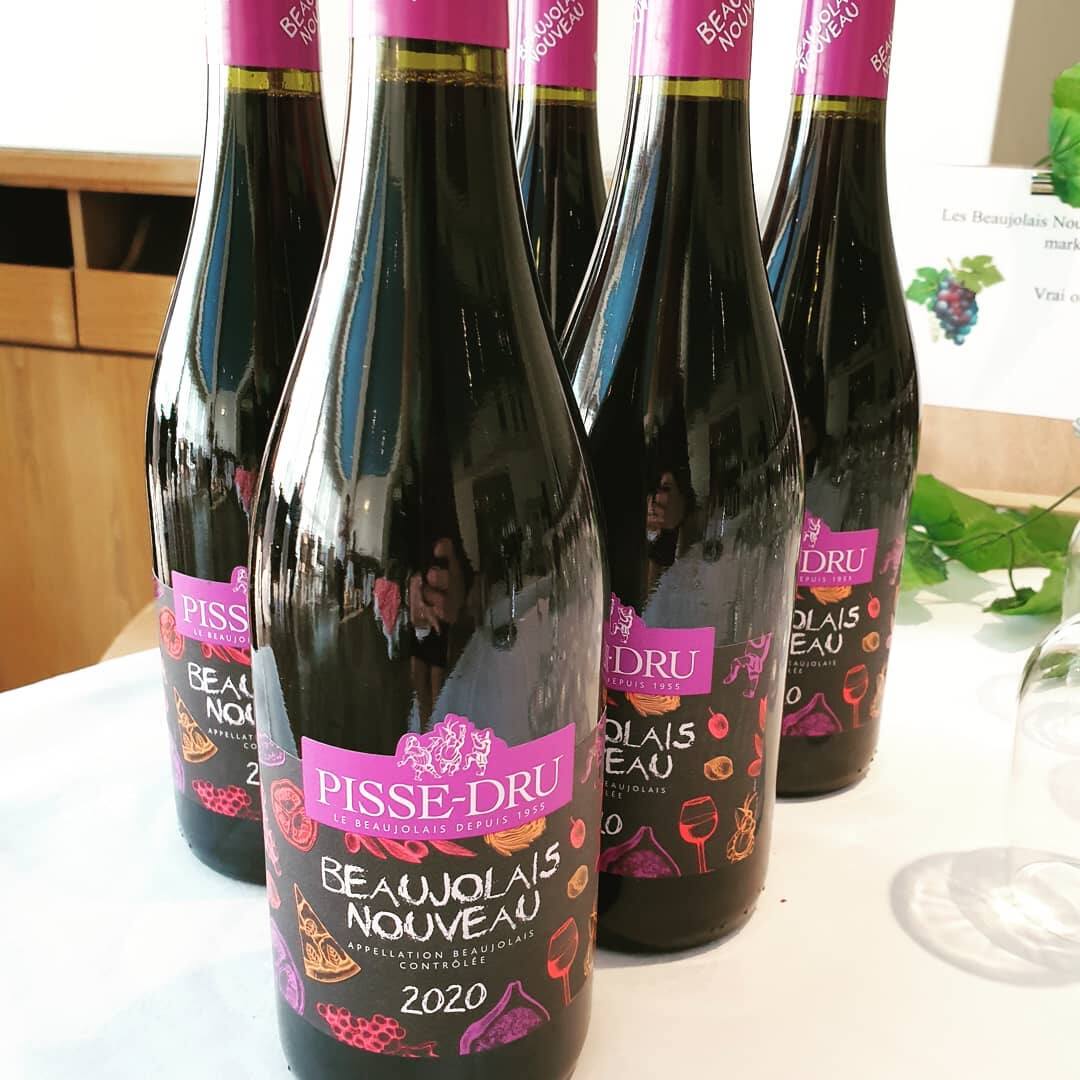

This page continues the Maremma wine list collection and is all about the Italian dessert wines from this undiscovered and breathtakingly beautiful part of Tuscany and Lazio and Italy's best kept secret. There is a wonderful array of Italian dessert wine produced in Maremma with an equally intriguing collection of names and label designs.

They are made using mainly Semillon and Sauvignon Blanc grapes and wines like Château d’Yquem are some of the world’s most desirable and immortal.īelow you can view our hand-picked selection of Dessert wines available to buy in store or online at Hennings Wine Merchants.Italian Dessert Wine Sweet Italian Wine from Maremma Arguably, the world’s finest dessert wines are from Bordeaux’s Sauternes, located to at the southern tip of the Graves area. Semillon, Sauvignon Blanc, Furmint and Riesling are the undisputed champion varieties when it comes to noble rot wines. This shrivelling reduces the moisture content of the grapes and results in incredibly intense wines with honey flavours. Botrytisīotrytis cinerea (noble rot) is a fungal rot that causes ripe grapes to shrivel under perfect conditions. Germany and Canada lead the way with production mainly from Riesling grapes although Vidal and Cabernet Franc are also utilised. Once temperatures hit somewhere below -7°c and usually at night, these shrivelled and frozen grapes are picked and pressed before they thaw – the resulting wine in incredibly sweet and intense. Grapes, infected with Botrytis, are left on the vines long after summer, indeed autumn, has finished. This style of dessert wine shares some similarities with the dried grape method in so much as the goal is the removal of moisture from the grapes. This style of wine making is very popular in Italy where it is called Passito. This process can result in a 70% loss of moisture content and therefore intensifies the sweetness, while reducing the yield, of the grapes before they are fermented into wine. Grapes, often late-harvest or botrytis, are laid out in the sun or in special drying rooms, to raisin. Grapes are left on the vines long after grapes for dry wines would be harvested to ensure the sugar content is as high as it can be. Like any fruit, the longer you leave grapes on the vine then the riper and sweeter they become.

Famous names include Taylor’s, Graham’s Fonseca, Warres for Port and Henriques & Henriques, Blandy’s, Barbeito, Cossart & Gordon and Pereira d’Oliveira for Madeira. The finished product is typically 20%abv. The wine may then be aged in barrel or cask to allow the alcohol, tannin and fruit to mesh together. In the case of Port, this is typically a 77%abv spirit. When the sweetness in the fermenting grape must reaches a predetermined level of alcohol (normally around 7%abv), a clear alcohol brandy is added to stop fermentation. These dessert wines are preserved with the addition of a neutral spirit.


 0 kommentar(er)
0 kommentar(er)
